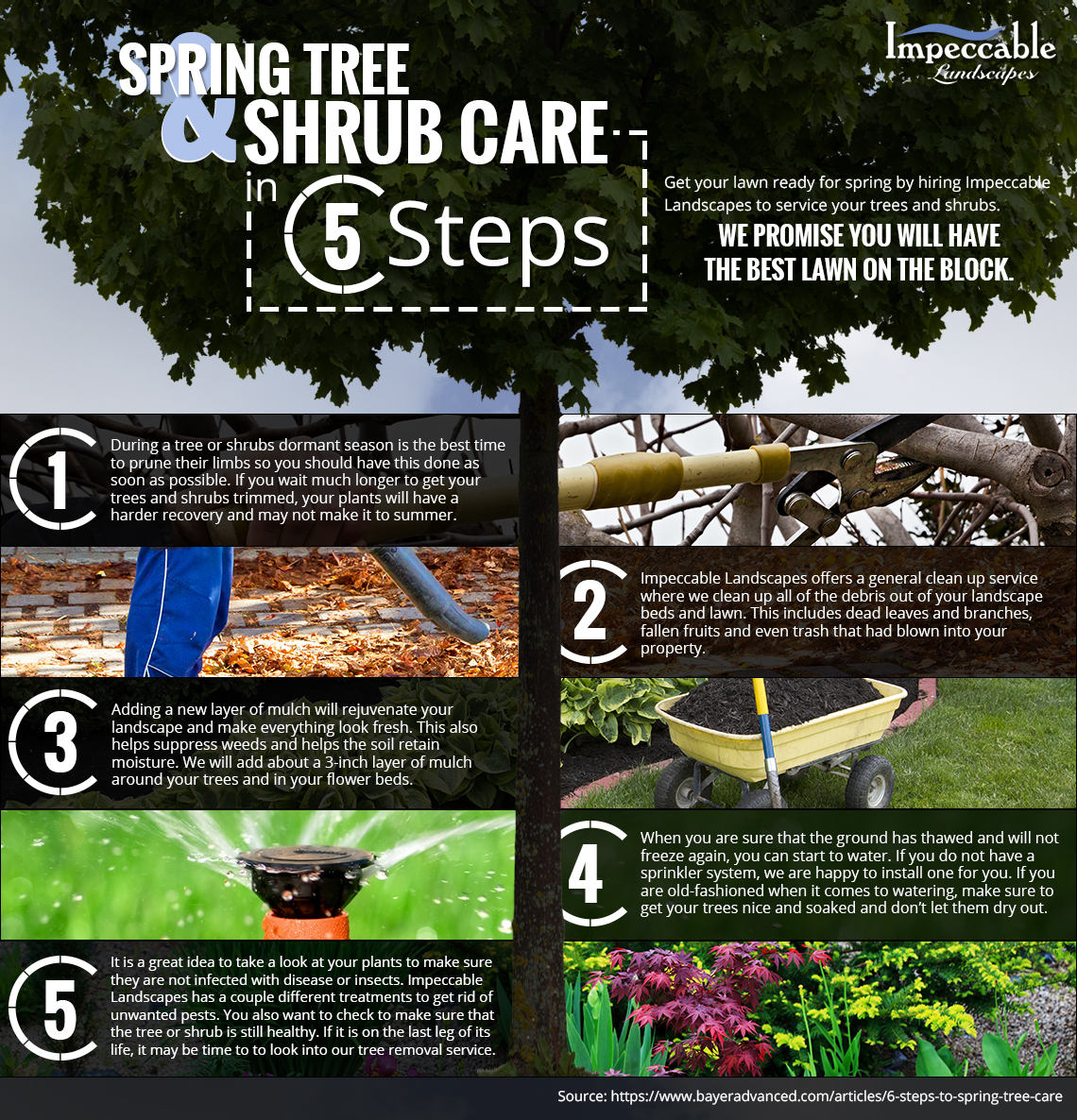Post-Tree Elimination Support: How To Efficiently Recover Your Landscape
Post-Tree Elimination Support: How To Efficiently Recover Your Landscape
Blog Article
Material By-Graham Leblanc
After a tree's elimination, your landscape may look rather various, and it's essential to evaluate the after-effects carefully. You'll wish to evaluate the dirt disturbance and check bordering plants for any kind of indications of anxiety. Overlooking Best Time To Trim Apple Trees can lead to bigger problems down the line. So, what should you perform with those stumps and origins? And exactly how do you select the most effective plants for your revitalized room? Allow' just click the next website page out these essential actions.
Assessing the After-effects: Examining Your Landscape
After a tree removal, it's essential to examine your landscape to recognize the impact it has on your yard.
Begin by taking a look at the location where the tree stood. Search for signs of soil disruption, and check the bordering plants for any type of anxiety or damages.
You must additionally make note of how the elimination has changed sunshine direct exposure and airflow in your garden. This shift can affect the growth of close-by plants, so it's important to evaluate their health.
Think about the visual facets as well; the removal could create an open space that you can redesign.
Ultimately, consider any type of potential disintegration concerns that might develop from the tree's absence. Resolving these aspects early will help restore balance to your landscape.
Dealing With Stumps and Roots: Options for Elimination
Once you've analyzed the results of the tree removal, you'll likely need to tackle the stump and origins left.
You have a couple of options for removal. One effective method is stump grinding, where a specialist utilizes a maker to grind the stump to below ground level. This method leaves minimal disruption to your landscape.
If you favor a DIY method, you can make use of a mix of digging and chemical stump cleaners. Just keep in mind, this process can take some time and initiative.
Additionally, take into consideration leaving the stump as a natural attribute, which can act as an one-of-a-kind yard aspect or habitat for wild animals.
Whatever you choose, attending to the stump and origins is crucial for restoring your landscape.
Selecting the Right Plants for Your New Area
As you examine your newly gotten rid of space, choosing the right plants can dramatically boost your landscape's appeal and capability.
Start by taking into consideration the sunlight and soil problems. For sunny areas, opt for drought-resistant plants like lavender or succulents. In shaded areas, ferns and hostas thrive well.
Think about the size and development habits of your plants; mix perennials and annuals for seasonal range. Do not fail to remember to include native species; they require much less maintenance and support local wildlife.
Team plants in weird numbers for an extra natural appearance and develop layers for aesthetic deepness.
Finally, guarantee you have a mix of shades and structures to keep your landscape lively throughout the periods.
Satisfied growing!
Verdict
Finally, restoring your landscape after tree removal is a rewarding procedure. By evaluating the consequences, resolving stumps and origins, and picking the right plants, you'll develop a growing setting. Don't forget to incorporate erosion control steps to safeguard your dirt. With a little effort and treatment, you can change your area into a vivid garden that improves your property. Embrace the possibility to renew your landscape and take pleasure in the elegance of nature right in your yard!
